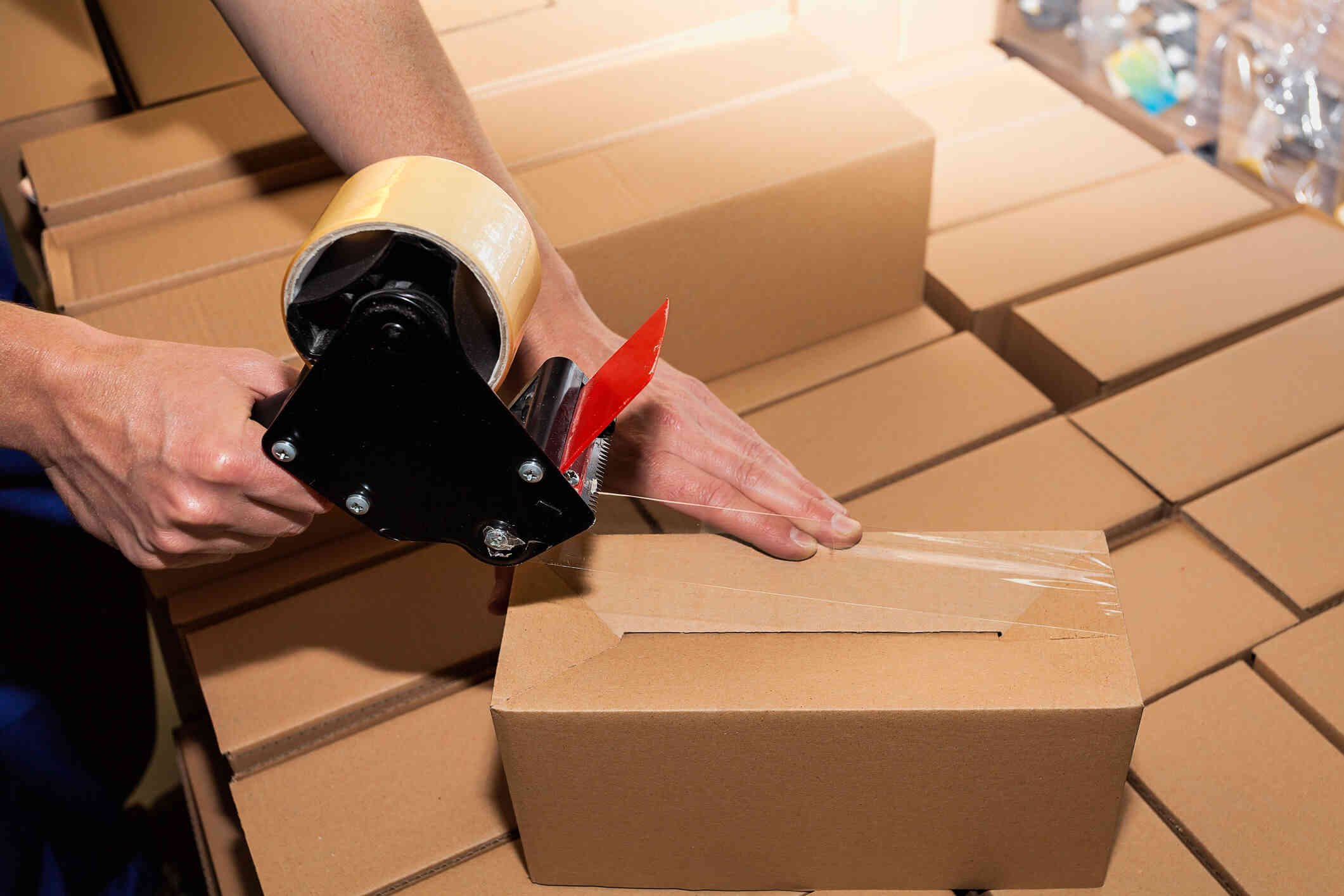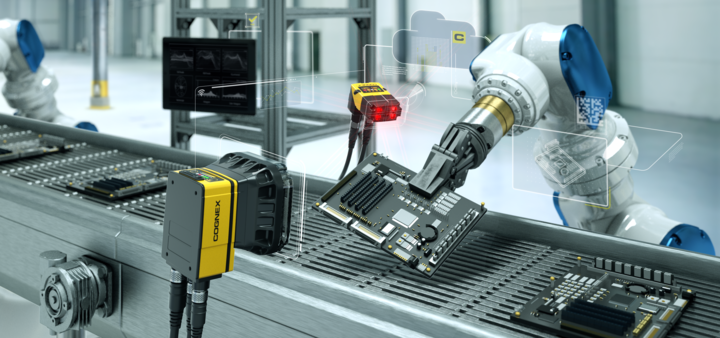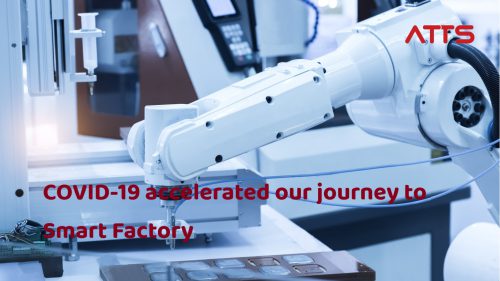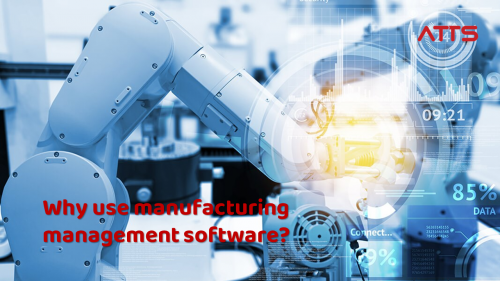6 applications of Computer Vision in the manufacturing
The manufacturing industry has been adopting various automation solutions as a part of Industry 4.0- the next revolution in manufacturing. To change the way products are produced, as a part of industrial automation, the manufacturing industry is adopting various advanced technologies like Artificial Intelligence (AI), Machine Learning (ML), Internet of Things (IoT), computer vision, and so on. Specifically, computer vision has been revolutionizing various segments of the manufacturing process with its intelligent automation solutions.

What is Computer Vision
Computer vision is a field of artificial intelligence (AI) that enables computers and systems to derive meaningful information from digital images, videos and other visual inputs — and take actions or make recommendations based on that information. If AI enables computers to think, computer vision enables them to see, observe and understand.
They can perform continuously in conjunction with operators to improve the efficiency of the manufacturing processes. Computer visions can perform such tasks within minutes without even making any physical contact with the equipment. While there are endless applications of machine vision in manufacturing units but let’s have a look at cases where CV can help in improving the productivity and revenues of any manufacturing unit.
6 applications of Computer Vision in the manufacture industry
Product Assembly
The use of computer vision in manufacturing industries is beneficial for the product assembly processes. You can observe the growing role of automation in the manufacturing sector easily. Almost every manufacturing giant you know is implementing automated product assembly lines to speed up its manufacturing outputs. Computer vision provides the 3D model designs generated using specific software. It helps the system to execute the assembly processes precisely. It also helps to monitor the automatic machines and workers constantly to ensure efficient product assembly processes. It also assists the manual assembly processes by providing instructions to the workers and monitoring progress to ensure the correct and complete steps. Furthermore, CV can help you avoid product recall situations, thus ensuring customers are happy and more satisfied by following strict assessment criteria.
Detection of Defects
Productions lines often fail to achieve 100% accuracy while detecting the present or potential defects in the manufacturing processes. These defects can cause a loss to the manufacturers and customers. It can also increase customer dissatisfaction that can prove fatal for the business. Machine vision is helping manufacturing units to prevent such situations by detecting the macro and micro level defects in the production line. Making investments in computer vision-based defects detection systems can help industries to make their production lines free from any kinds of defects. AI-based computer vision systems can help with cameras and algorithms that can prevent any mishappenings due to defects.
Computer Vision raises packaging standards
Maintaining the packaging standards is vital to ensure the safety of the finished products. CV is very effective in ensuring that all product packings are proper and there are no errors in packaging that can cause product recall. In some companies, there is a requirement to count the number of items before packing them. In industries such as pharmaceuticals and retail, depending on these items can turn fussy with lots of errors. Computer vision can help to perform these tasks accurately to prevent mistakes while executing the packaging processes. It can also help in preventing the products with damaged packaging from leaving the manufacturing unit. In addition, industries can track whether the products have desired measurements, color, or other traits as per the packaging standards that a company follows.

CV proves to be efficient in raising packaging Standards
Analysis of Barcode and Texts
There is a significant growth in the role of AI-based computer vision systems in reading the barcodes and texts in the manufacturing sector. Computer vision systems help the manufacturing department to divert any product with faulty texts and barcodes. It helps in preventing an item with a piece of wrong information from circulating in the market. Recognizing, reading, and processing the barcode and text on every product is not an easy task. Manufacturing units can face trouble processing data coded in the barcodes, optical characters, and images related to the products and packaging. By implementing the machine vision systems, the manufacturing departments can ensure accurate and readable barcodes. It can also help cross-check these texts and barcodes on products that otherwise demand more human hours with no guaranteed accuracy.
Inventory Management with Computer Visison
Any manufacturing unit needs to maintain appropriate inventories to ensure continuous manufacturing processes. By using computer vision, thousands of companies around the globe are tracking the inventory status proactively. This system also helps the respective managers to get alerts for unavailability or under-stock items. While operating with large manufacturing units, computer vision makes it easy to locate the stock, while prevents the errors and problems that humans face while managing the inventory in large warehouses.
Labeling, Tracking, and Tracing Products
The manufacturing units need to label their products with utmost care as a product with wrong labels can lead to a loss for the manufacturer. Moreover, a mislabelled item can become dangerous for customers in industries like food, beverage, or medicine. AI-based computer vision systems can assist the manufacturing units in detecting any such products. It can also facilitate matching products with the database and keeping track of such products to ensure the quality standards of market-ready products.

CV system ensures that products’ quality and database are matched to be market-ready
Summary
Manufacturing industries from all over the globe are implementing modern technologies in their processes with an open heart. With time manufacturing sectors from all over the world have undergone innovative production models. They all are working to make the manufacturing processes free from risks, unnecessary costs, and energy-efficient. Therefore, you can consider a wide array of benefits that you can reap by implementing computer vision systems in your manufacturing units. Using this technique will surely help you to reach the next level in the manufacturing business.
Read more: Industrial Internet of Things plays an important role in the digital transformation of manufacturing
Find more about ATTS services:
https://atts.com.vn/services.html
Connect with us:




